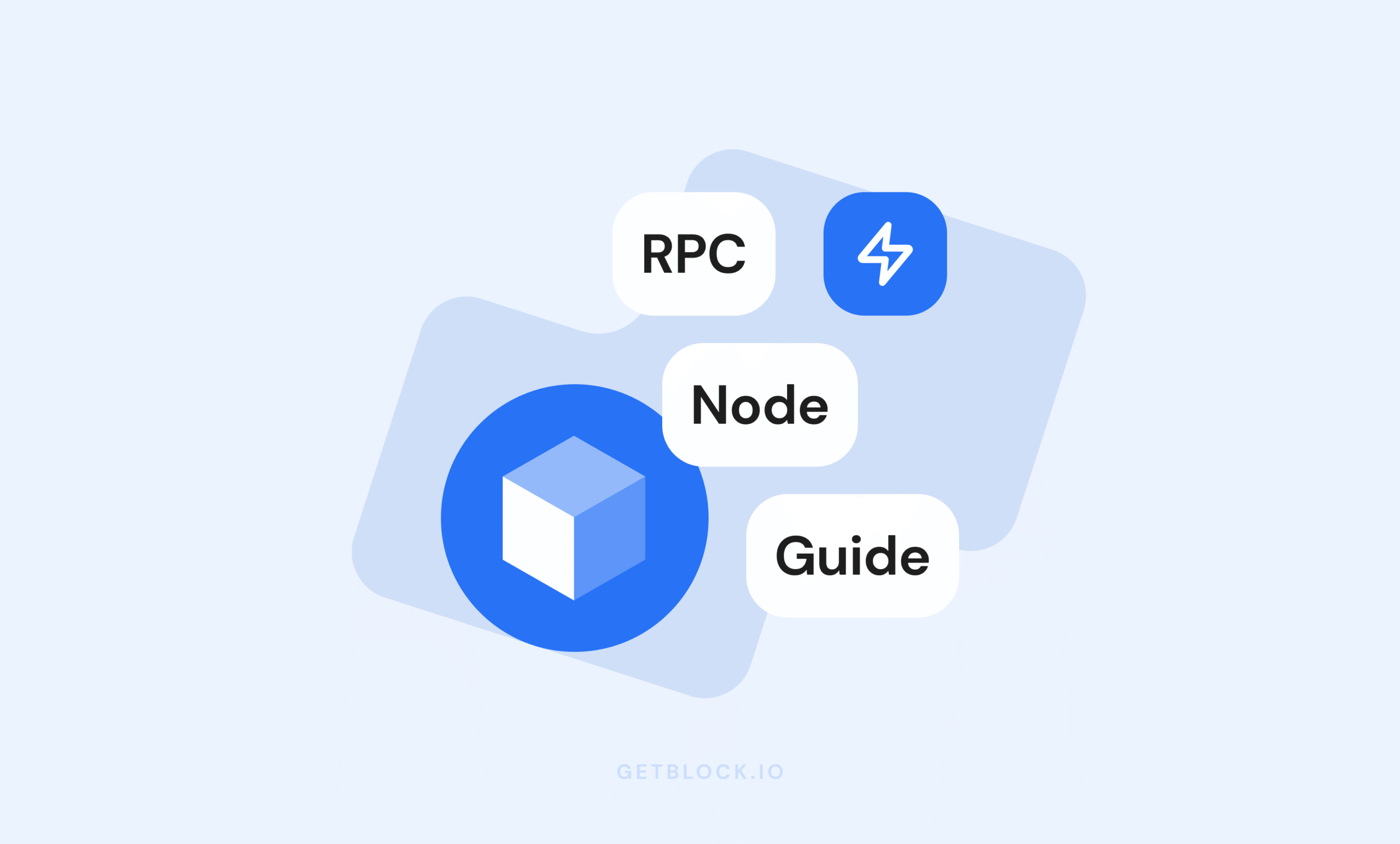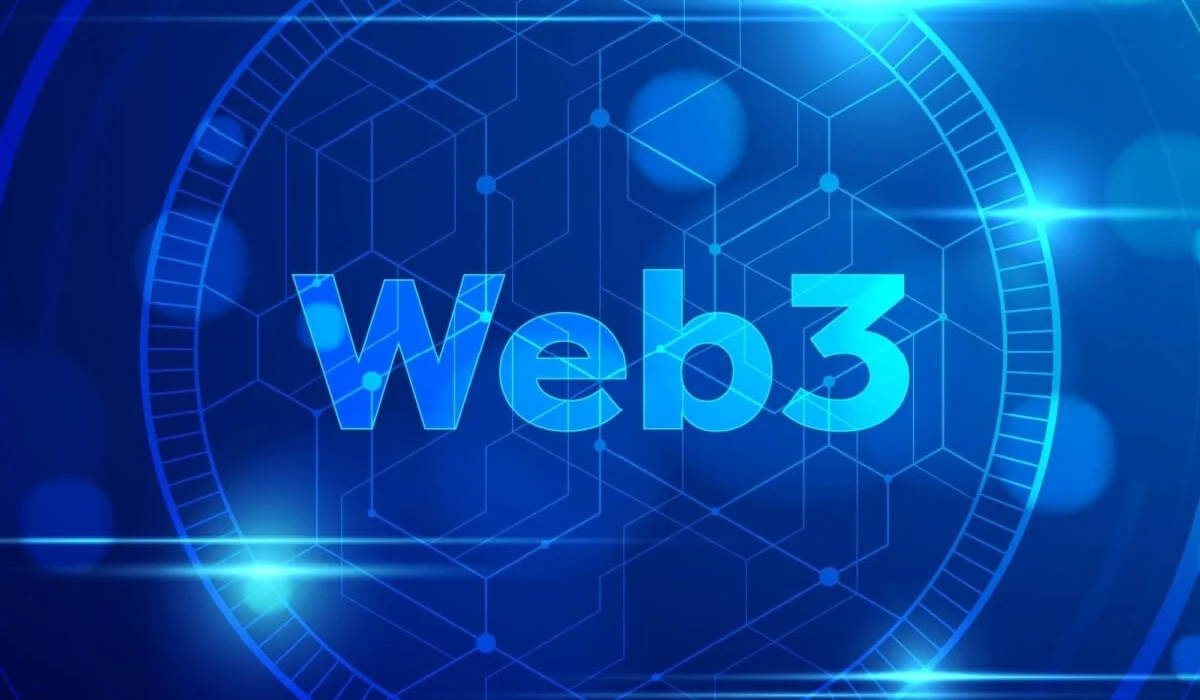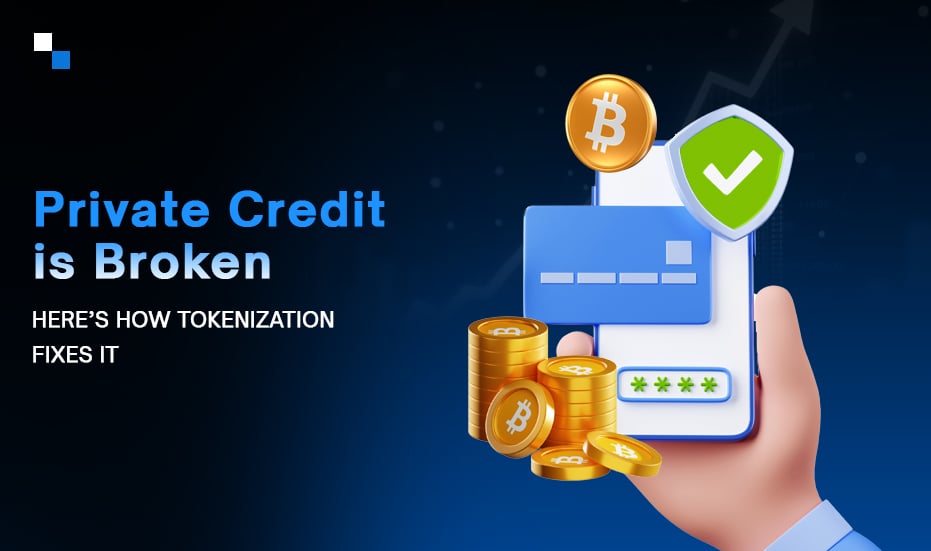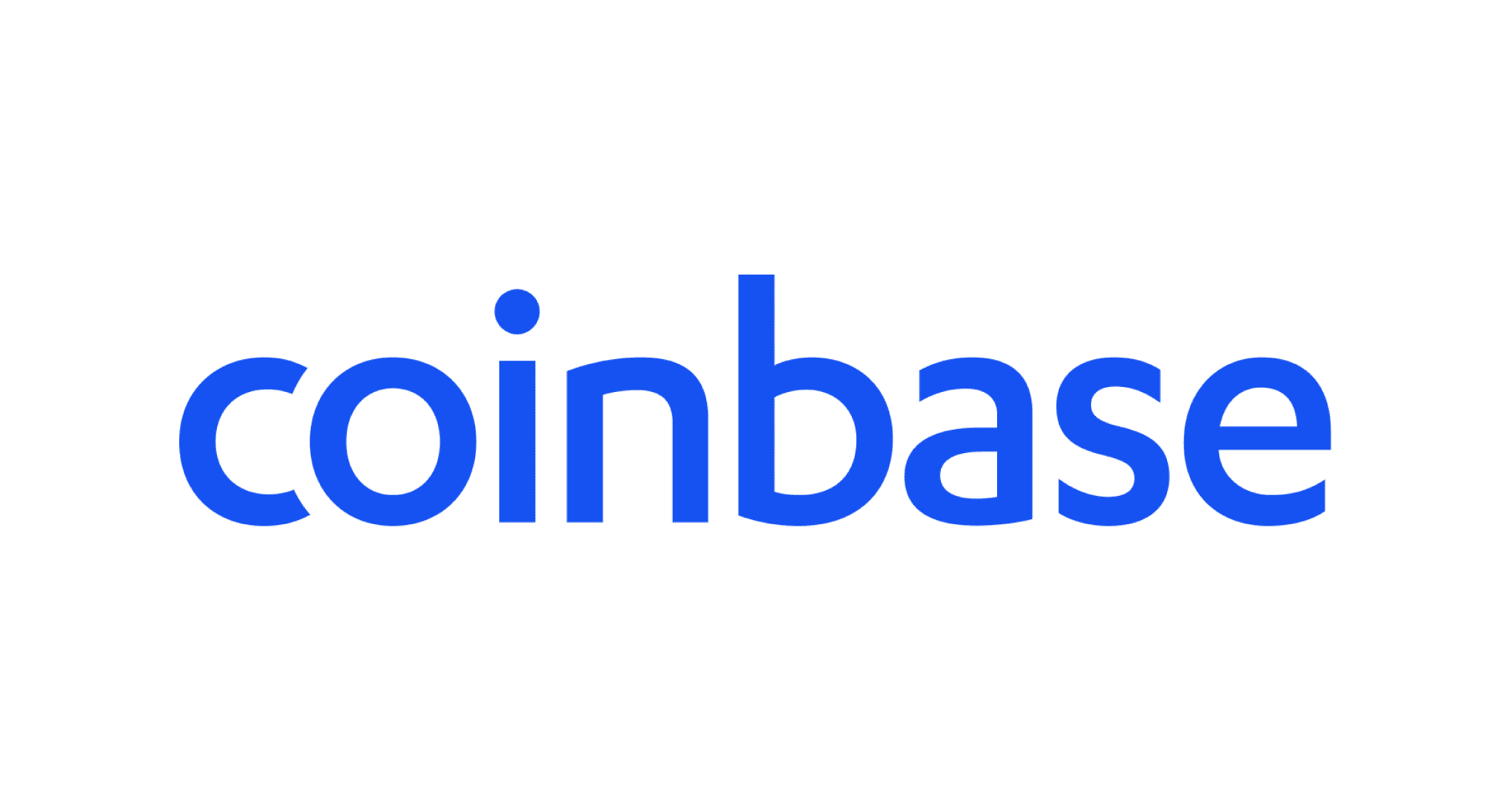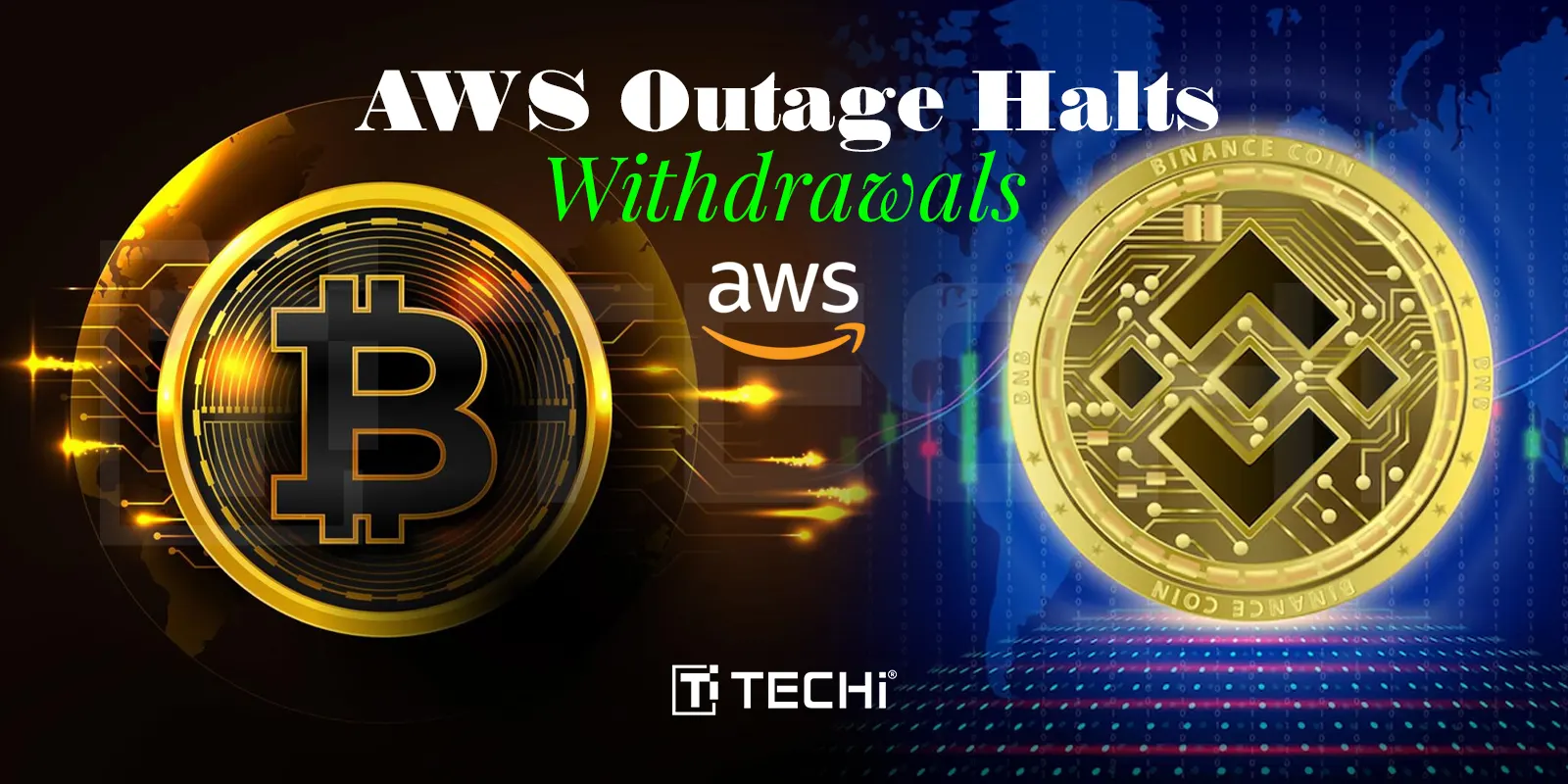Key Takeaways
- RPC nodes are the backbone of Web3 apps, handling every blockchain interaction in real time.
- Choosing the right RPC node provider determines your project’s speed, stability, and scalability.
- Platforms like GetBlock deliver decentralized performance that rivals traditional Web2 infrastructure.
Web2 Gave Us Speed — Web3 Demands Ownership
The internet’s evolution is no longer about faster clicks — it’s about control. Web2 handed us speed, but Web3 hands us ownership, and that shift demands infrastructure that’s both decentralized and invisible in performance.
If you’re building a blockchain game, an NFT marketplace, or a decentralized AI network, your project’s success rests on one overlooked layer: RPC nodes. They’re the hidden engines that turn blockchain theory into real, working products.
When your mint stalls, your game stutters, or your swap fails, the problem rarely lies in the code or art — it lies in the node.
What RPC Nodes Really Do
RPC stands for Remote Procedure Call, but here’s the simple version: the node is your controller. It takes every on-chain “button press” — whether that’s checking a wallet, confirming a transaction, or loading an NFT — and translates it into blockchain reality.
In Web2, a central server handles these calls. In Web3, it’s the RPC node that answers — decentralized, self-updating, and locked to live blockchain data.
Running one yourself means maintaining hardware, syncing terabytes of chain data, patching software, and chasing peers. It’s technical debt that few developers want. That’s where GetBlock comes in, providing ready-to-use endpoints for more than 50 networks, including Ethereum, Solana, Polygon, and BNB Chain.
Just plug in the URL, and your dApp is online — fast.
Why Performance Is Everything in Web3
Every second counts. In blockchain apps, one slow request can lose a user forever. Speed and uptime aren’t luxuries; they’re survival metrics.
GetBlock was built with that truth in mind. Its global servers promise 99.9% uptime, responding to blockchain requests almost before you finish typing. The result? Games that run as fluidly as console titles and NFT markets that confirm transactions in heartbeats.
Developers Get:
- Zero Downtime Deployments: Keep users connected 24/7 with block-by-block reliability.
- Shared or Dedicated Nodes: Scale from indie projects to full-scale Web3 enterprises.
- Multi-Chain Support: Build once, connect to many blockchains seamlessly.
- Top-Tier Security: Encrypted access and token-based authentication for every call.
With infrastructure like this, builders can focus on creating experiences, not babysitting servers.
Where Data Becomes Innovation
Every blockchain action — a swap, a mint, a transfer — generates data. With fast RPC layers, that data becomes instant feedback and fuel for innovation.
Game studios can watch player behavior in real time, adjusting rewards dynamically. DeFi dashboards can visualize transactions the moment they settle. NFT creators can drop digital collectibles and track claims instantly, all thanks to responsive node performance.
In other words, data drives imagination — but only if your RPC layer keeps up.
The Roads Beneath the New Internet
Web3 is no longer hype. It’s the next digital main street, and it needs infrastructure that can carry millions of transactions without a single lag or drop.
That’s the role of RPC nodes — the roads beneath the metaverse, DeFi, and decentralized AI. Providers like GetBlock keep those roads smooth, fast, and open, allowing creators to build freely without sacrificing reliability.
Because in this new, decentralized universe, lag isn’t just frustration — it’s extinction.
Disclaimer: The information in this article is for general purposes only and does not constitute financial advice. The author’s views are personal and may not reflect the views of GameDegen.com. Before making any investment decisions, you should always conduct your own research. GameDegen.com is not responsible for any financial losses.
